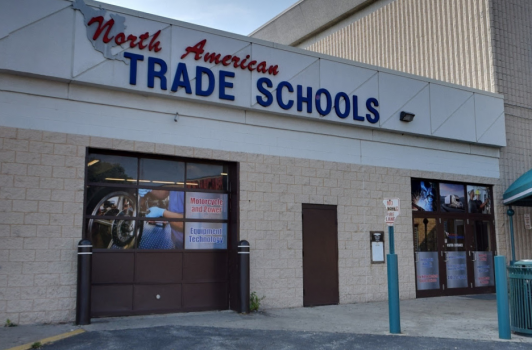The week ahead I was scheduled to haul steel coils suicide from AK Steel in Butler, PA to Norfolk, VA. (suicide is when the coils face the driver – shotgun is when the eyes are facing forward – thus the danger to other drivers).
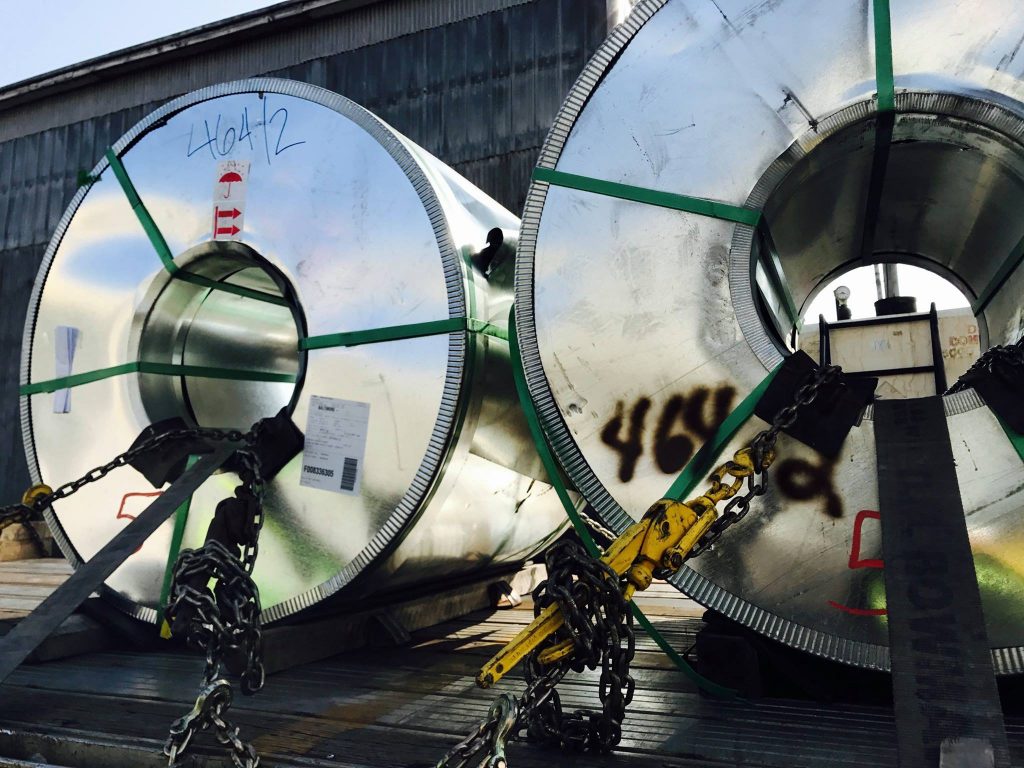
“How many chains and binders shall I put on her.” I asked my driver manager, Don, as I scanned the load consisting of three huge coils that resembled concrete but many times heavier.
“Build a pair of coil rack and rubber padding for each coil. Then add three chains and binders for each,” Don instructed. “Throw in a strap across the hole for good measure.”
Eventually I just put 10 chains and binders on the load – everything I had I threw on like a tanker left in port during a storm.
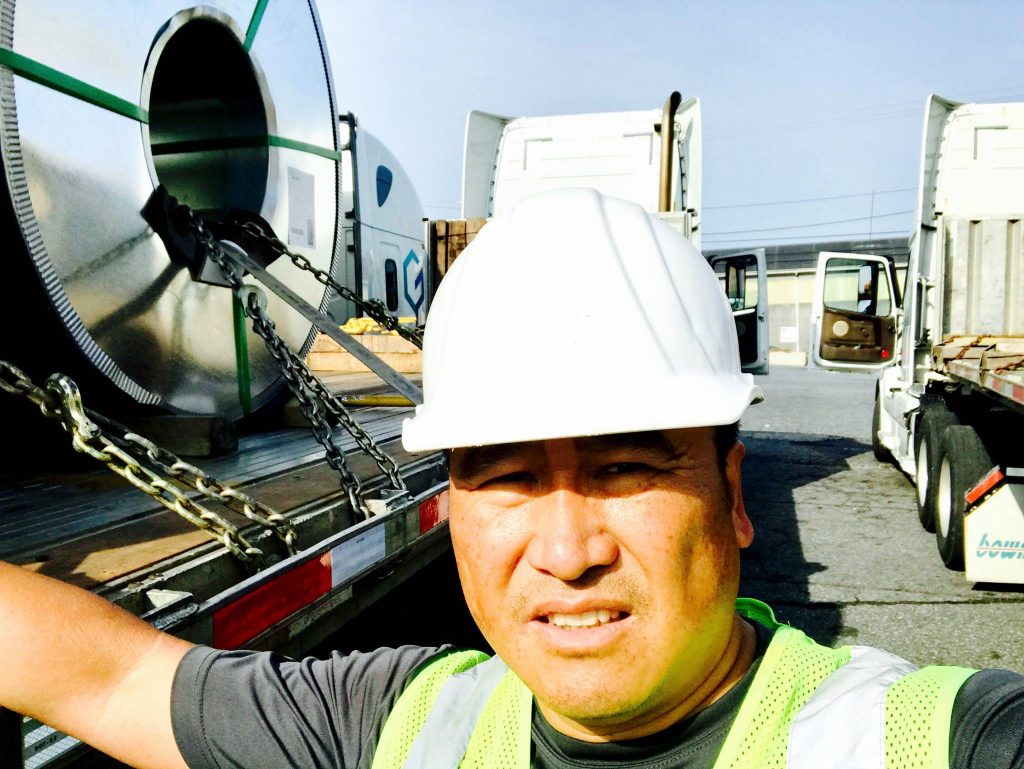
“Heck chains and binders weigh just as much on the load as they do in the box, might as well use them,” Don commented.
I remember my trainer warn me last week before I was ready to be released solo.
“If the coils aren’t properly secured with the right chains at the correct angles, and the truck turns a corner too fast, the chains may break and the coils will roll right off. And If a giant 42K lb steel coil falls off a flatbed even a bullet train would not be able to stop it. Cars have been run over and buildings have been smashed by runaway steel coils due to driver error.”
“So why are they coiled in a circle. Won’t it be safer to transport steel flat?” I inquired.
“If it was laid out flat, you would only be able to ship one bundle at a time. As a coil, I’m able to ship several bundles with each load as long as I don’t go past my weight limit,” he responded.
“And why do we have to tarp the coil – after all many of the coils are galvanized steel and stored outdoors at the receiver,” I pressed on.
“Because the customer paid for it to be tarped – that’s why” Don glared.
“And the reason is to protect the coils from rock, salt, slag and sand, especially during the winter,” my trainer added.
Don, knew how much I hated tarping on clear sky days. And he knew exactly how to push my button.
“Go get your TWIC card, and I’ll assign you to an account that doesn’t require tarping,” he suggested.
The TWIC card issued by the TSA and would give me access to the ports, particularly the port of Baltimore.
He didn’t have to say it twice. Climbing on top of the trailer to secure and tarp the load was also inherently dangerous. Another driver at Bowman had fallen off and he was laid up for months.
“These port loads from Morimatsu to Proctor & Gamble are already tarped. All you do is have the forklift load the bundle and then strap it down with all 10 straps, but not too tight.” Don added, knowing that this would do the trick.
I made my appointment online and the very next week I visited my local TWIC office in Alexandria, VA to get my card. I was ready for my next adventure with the port of Baltimore.
The toughest part of the port loads is getting inside. There’s usually a long line that starts at the crack of dawn. And as expected security was long, drawn-out tough – probably easier to access the pentagon than the ports.
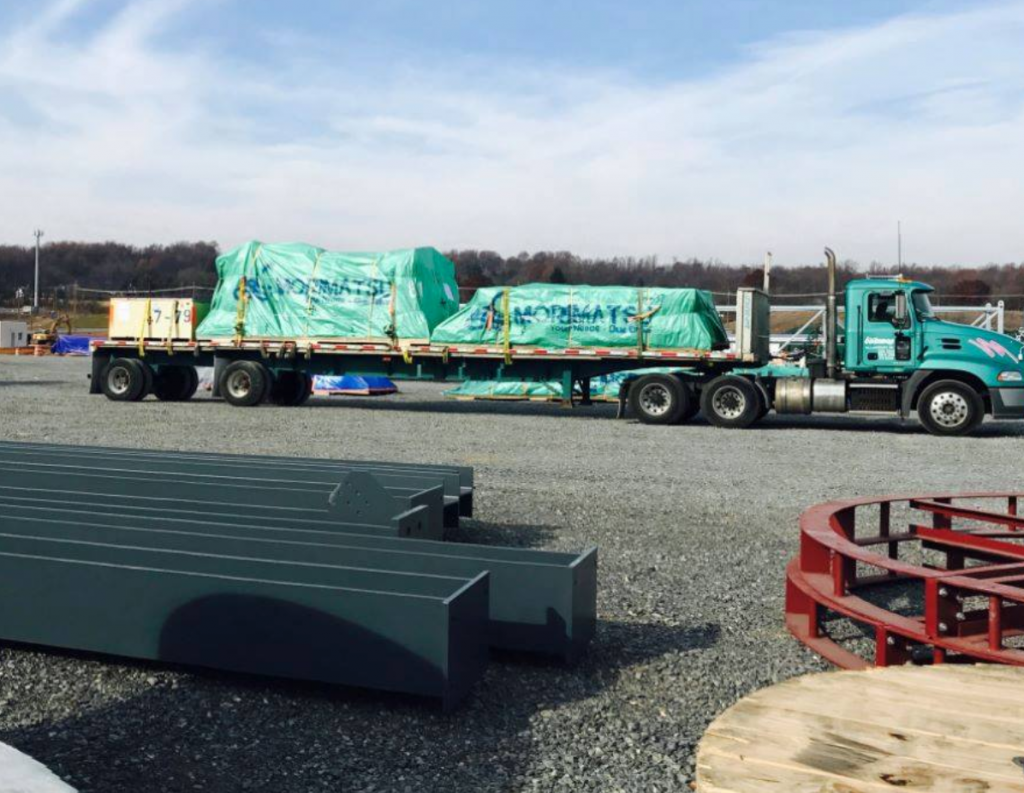
But once I hooked onto the load, it was a smooth sailing to Martinsburgh, WV. When I drove into the plant in Martinsburgh, I was astonished by the size and scale.
“What are you guys building?” I asked in amazement.
“The plant of the future,” the receiver spoke with pride. “All 2.5 million square feet of it.”
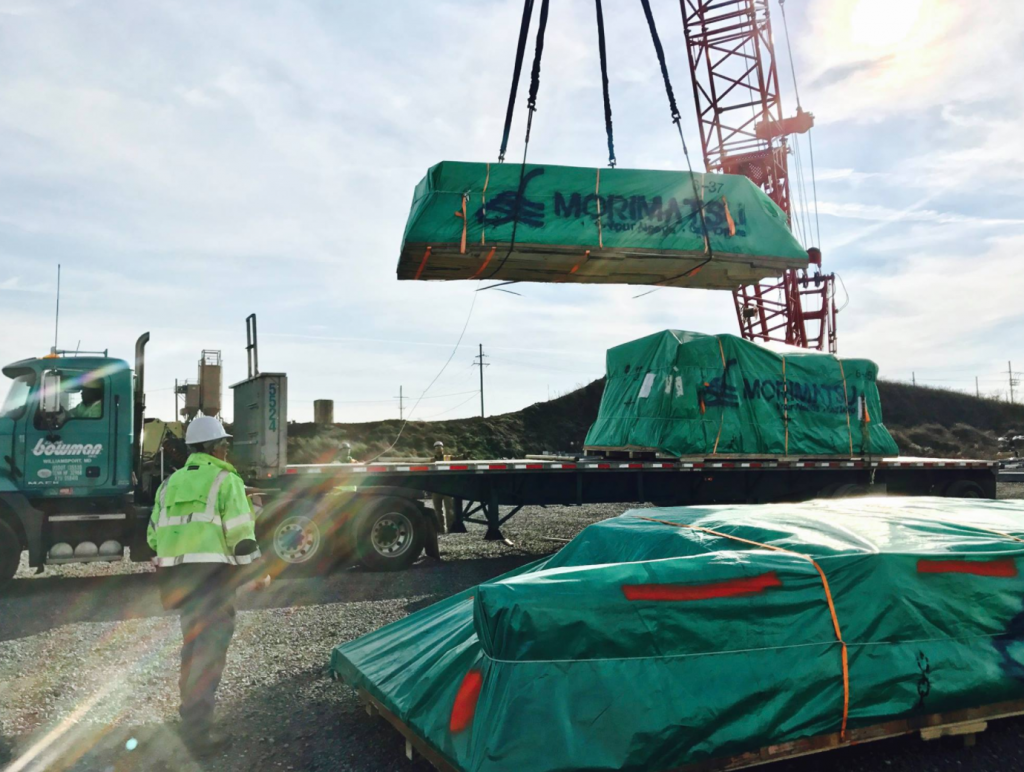
A team of 3-4 drivers hauled these loads several times a week. The two hour drive took us on 395 to 70 to 81.
I’d pass Woodlawn, MD twice a day and I noticed a mall with anchor tenants Sears and Macy’s. And a bunch of trucks moving around a maze of cones. Was this a truck driving school in the mall parking lot?
So one day, I decided to take a long lunch and visit the school. I met Melanie, the admissions director who informed me that the school would be ten months long.
“Since you’re already a driver, you’ll bring an on-road experience that others mechanics lack.”
I called my VA Counselor, and in due time, he approved my schooling.
I would take almost a year off from trucking and work on trucks instead.
